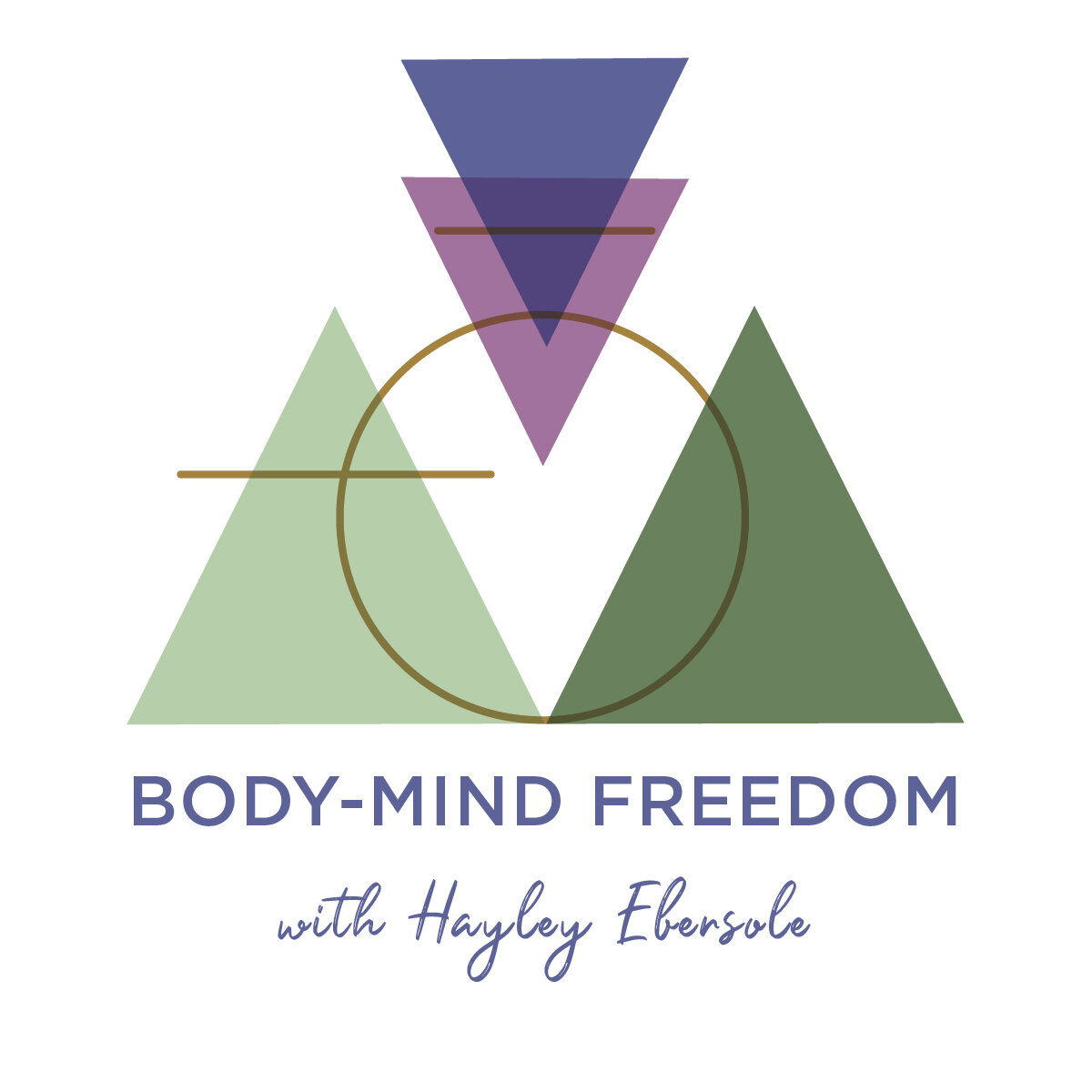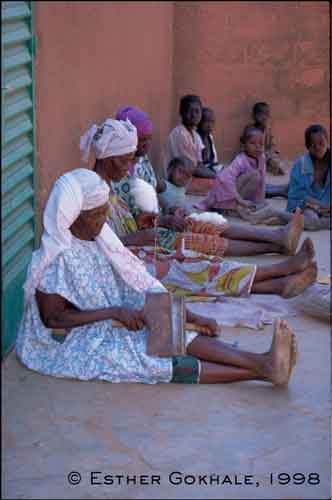The Culture of Posture Blog Series #1: A Culture of Discomfort
/The Culture of Posture Blog Series
This series asks: What laws of gravity, our genetic code and our musculo-skeletal structure are we systematically ignoring as a culture? How can we return to a friendly relationship with gravity, trading muscular tension and imbalance for enhanced energy and vitality?
A CULTURE OF DISCOMFORT
I’m constantly fascinated by the magic that is the human body. If we respect our natural design and get out of our own way, our bodies heal spontaneously.
In industrialized societies like ours, however, preventable chronic and sporadic physical discomfort is an epidemic. This epidemic, is, in fact, a modern aberration. There are many populations around the world where human bodies function beautifully, without pain, until the day they die.
By age 15 in the United States, greater than 60% of adolescents have experienced back pain- so much for age as the culprit. Back pain accounts for 33% of worker’s comp claims and is the second leading symptom for doctor’s visits in the US, despite the fact that the medical industry has decidedly little to say about it.
Many blame our sedentary lives and I regularly find myself scapegoating computers. But it isn’t sitting or being sedentary itself that is the culprit, it’s how we sit.
The fad of standing or treadmill desks doesn’t solve the problem. They only help if we are standing and walking in integrity with gravity, which is, unfortunately, relatively rare. Of course, being active is preferable to being sedentary but more activity won’t necessarily solve our physical discomfort. Blue-collar workers in our culture have even higher levels of physical pain than white collar workers, so moving more isn’t the problem.
Postural anthropologists cite many cultures where basket makers, potters, weaver, brick makers, etc. sit for extended hours most days of the week and still work into their 90s without pain. But when you look at pictures of these people both sitting and standing (see below), they look very different from pictures of us sitting and standing (see the pictures above I took today at the Oakland Hub shared workspace). The first picture is of woman from Burkina Faso who are both over 60 years old and have been doing manual labor work since they were children without any back pain. Check out thier long spines even in a hip hinge versus the rounded spine's of the young Oakland-ites above. Sure, weight, height, stress level and age are contributing factors to back pain, but are incredibly minor to insignificant when we look at the effect of posture.
Until the 20th century, debilitating back pain was not a common problem but occurrences have doubled since 1950. Human beings are blank slates, painted upon and molded by our cultural environment.
Just like language, how we sit, stand, walk and carry things are behaviors we learn by modeling, from our parents, friends, school and environment. Your body is a social construction. The musculo-skeletal structure, however, is not really amenable to contemporary creative interpretation. Posture isn’t really up for grabs and you can only ignore universal laws for so long before you experience disk degenerating, muscular imbalance and physical discomfort, which we are now experiencing in epic proportion.
Architects honor the universal law of gravity by choosing angles and materials that are in harmony with gravity and therefore, sustainable over time. Unfortunately, over the last century, western culture has evolved towards a crunched spine and exaggerated and unnatural spinal curves that have established slouching as the cultural norm. Our relationship to technology doesn’t doom us to pain but does exaggerate our pre-existing postural problems as cradle our phone we sit or stand at our desk.
To sum it up:
1) The way we hold our body and move in space is called posture.
2) Posture is not something inherent in your being, but is a cultural product of the environment in which you were raised and operate, similar to language.
3) The musculo-skeletal system is governed by universal laws of physics and gravity, therefore, although it will look a bit different in every body, healthy posture is universal
4) Modern industrial societies have trended towards an unnatural relationship to gravity, particularly post WWI, causing a severe incline in physical pain
This is where we find ourselves. What to do? If posture is learned habit, we can relearn it. This is part of what we do in our yoga practice but not all yoga alignments and habits are created equal. Read on, young solider...
Heal Your Spine with Head Carrying
Feel free to subscribe below and keep coming to class because I'm an absolutely hopeless body nerd who spends my time learning about this stuff in order to heal my own body, better understand the postural habits and pain of my students and clients and shift our culture to make space for more freedom in the body and the mind.
Check Out These Inspiring Resources:
Ester Gokhale's Book 8 Steps to a Pain Free Back and other great books I'm reading on related topics
Listen to Ester speak on Primal Posture on my favorite Podcast: Liberated Body
Watch Ester Speak on Restoring our Primal Architecture at the Ancestral Health Symposium






